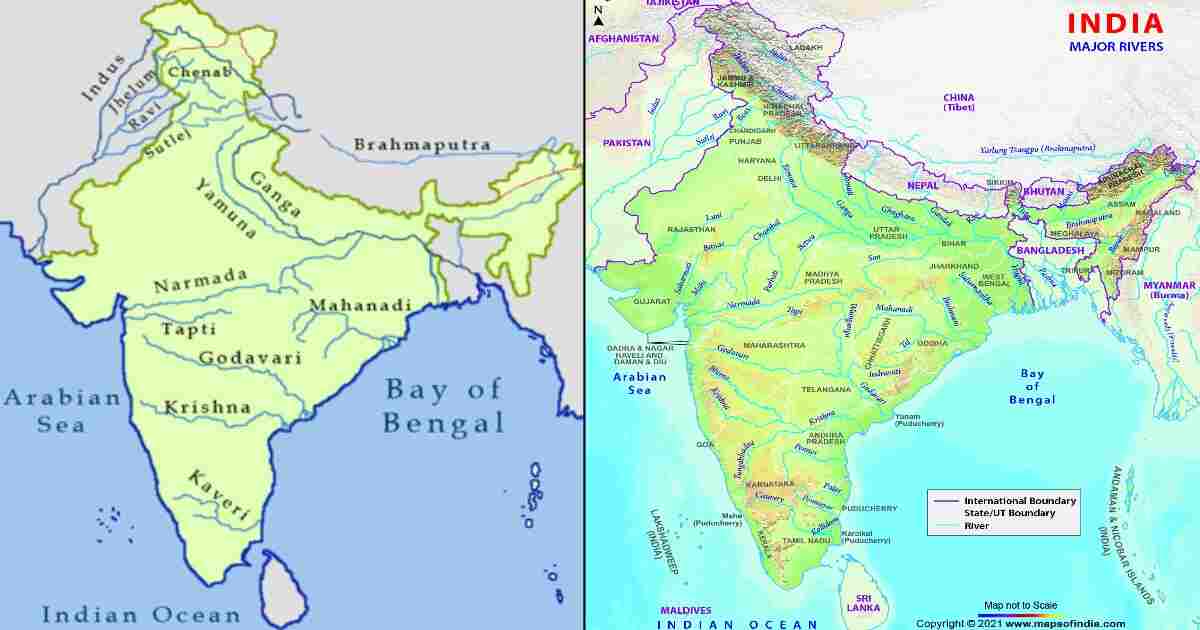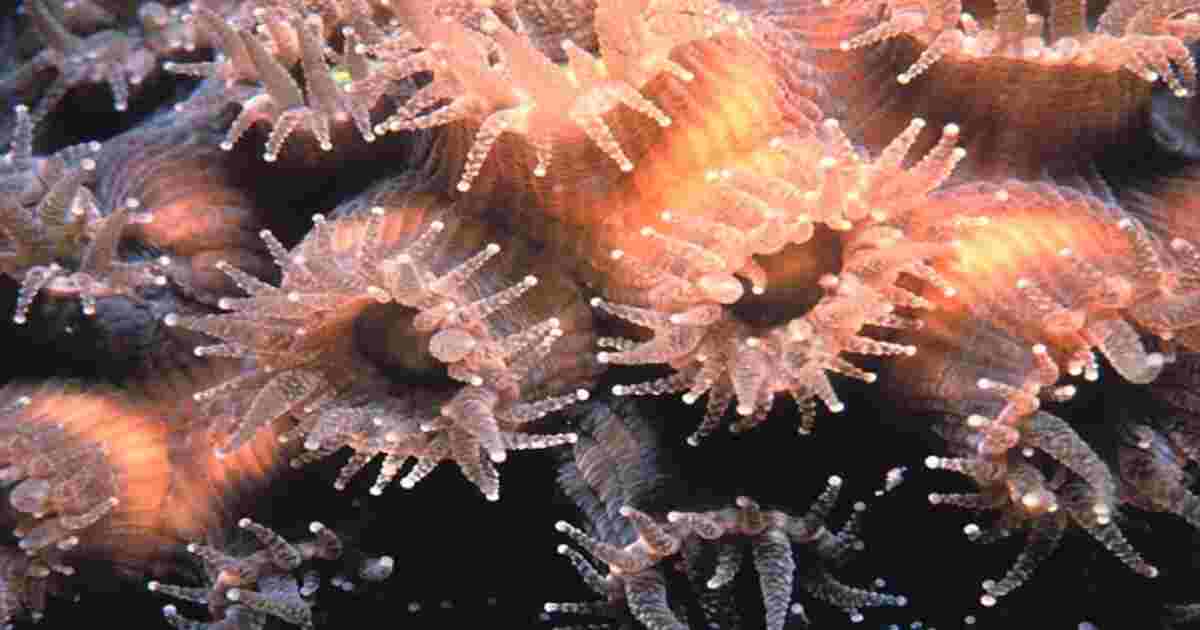Water Vascular System of Starfish (Asterias: A Sea Star): The water vascular system is a unique and essential feature of starfish (Asterias) and other echinoderms. It is a hydraulic system that aids in various functions such as locomotion, feeding, respiration, and sensory perception. The water vascular system consists of a network of fluid-filled canals, tube feet, and associated structures allows starfish to move, capture prey, and perform various physiological functions.
Water Vascular System of Starfish (Asterias: A Sea Star)
The water vascular system of starfish comprises madreporite, stone canal, pentagonal ring canal, tiedemann’s bodies, radial canals, lateral canal and tube feet.
Madreporite: The water vascular system begins with a sieve-like structure called the madreporite, located on the aboral surface (upper side) of the starfish. The madreporite acts as an entrance for seawater into the system.
Stone Canal: From the madreporite, the water enters the stone canal, which is a calcareous tube that extends from the madreporite to the central disk of the starfish. The stone canal is lined with ciliated cells that help move the water along its length.
Pentagonal Ring Canal: At the central disk, the stone canal connects to a circular tube called the ring canal. The
ring canal encircles the mouth, located in the center of the starfish’s oral surface (lower side).
Tiedemann’s Bodies: Inner side of the ring canal there are nine small, yellowish, irregular or rounded shaped
bodies called Tiedemann’s bodies. It is a lymphatic gland to manufacture the amoebocytes of the water vascular system.
Radial Canals: From the ring canal, five radial canals extend along each arm of the starfish. The radial canals run longitudinally through each arm, branching out into smaller secondary and tertiary canals. These canals distribute water to various regions of the starfish’s body.
Lateral Canal: In arm of radial canals gives out two short, narrow, transverse branches called lateral canals. It is attached to the base of a tube foot and is provided with a valve to prevent backward flow of fluid into the radial canals.
Ampullae: Along the length of the radial canals, numerous small, bulb-shaped structures called ampullae are
present. Ampullae are connected to the tube feet and act as muscular pumps. They contract and relax to control the movement of fluid in the water vascular system.
Tube Feet: The tube feet are small, muscular, and fluid-filled structures that extend externally from the starfish’s body. Each tube foot consists of three main parts: the ampulla (connected to the radial canal), the podium (a flexible stalk), and the suction cup (located at the end of the podium). The tube feet can extend or retract, allowing the starfish to move, attach to surfaces, and manipulate objects.
Functions of Water Vascular System of Starfish
Locomotion: The water vascular system enables starfish to perform a unique form of locomotion called tube feet
locomotion. When the starfish wants to move, the ampullae contract, forcing water into the tube feet and extending them. The suction cups at the end of the tube feet attach to the substrate, and the contraction of the tube feet muscles pulls the starfish forward. The starfish can also use its tube feet to cling to surfaces, crawl, or climb.
Feeding and Respiration: The water vascular system is also involved in feeding and respiration. The tube feet surrounding the starfish’s mouth, called oral tube feet, assist in capturing and manipulating prey. The tube feet create a current of water that brings food particles towards the mouth. In addition, the water vascular system aids in gas exchange, allowing oxygen to diffuse into the tube feet and carbon dioxide to be expelled.
Sensory Function: The tube feet and other structures of the water vascular system have sensory cells that enable the starfish to perceive its environment. These sensory cells detect chemicals, touch, and changes in water pressure, contributing to the starfish’s ability to locate prey, navigate, and respond to its surroundings. The water vascular system in starfish is a remarkable adaptation that allows for efficient locomotion, feeding, respiration, and sensory perception. Its hydraulic nature and coordinated actions of various structures enable starfish to survive and thrive in their marine habitats.









